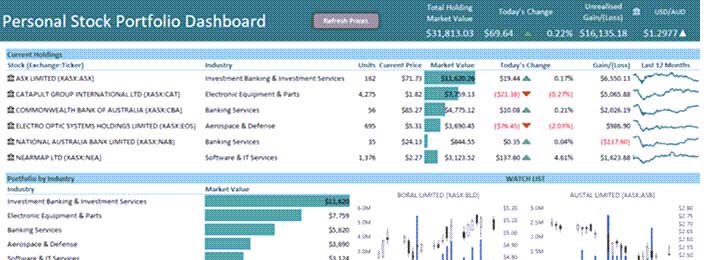

Monitoring portfolios involves regularly tracking and assessing the performance of investment holdings within a portfolio. This process includes reviewing individual assets, asset allocation, risk exposure, and overall portfolio performance relative to investment objectives. Portfolio monitoring allows investors and financial professionals to stay informed about the health and progress of their investments, identify areas for improvement, and make informed decisions to optimize portfolio outcomes.

Monitoring portfolios enables investors to assess and manage risk effectively. By continuously tracking asset performance and portfolio composition, investors can identify and address potential risks such as concentration in a particular asset class or sector, excessive volatility, or correlation between holdings. Proactive risk management strategies can help mitigate downside risk and preserve capital during market downturns.
Regular portfolio monitoring facilitates performance evaluation against predefined benchmarks or investment objectives. By comparing portfolio returns, volatility, and other metrics to relevant benchmarks, investors can gauge the effectiveness of their investment strategy and make necessary adjustments to enhance performance. Performance evaluation also provides valuable insights into the relative strengths and weaknesses of different investment options, guiding future investment decisions.
